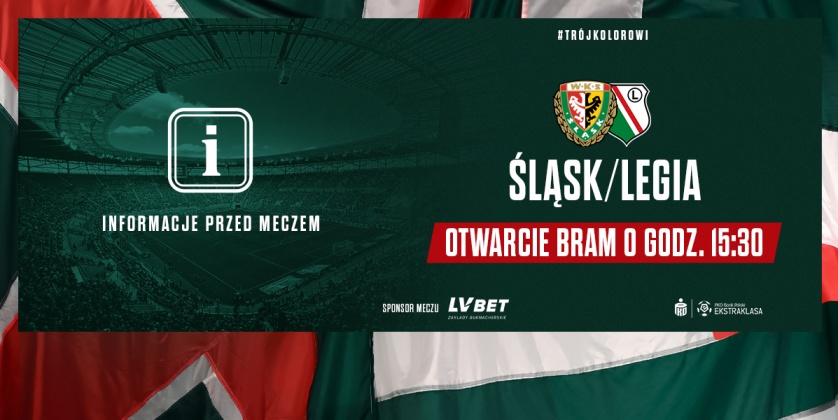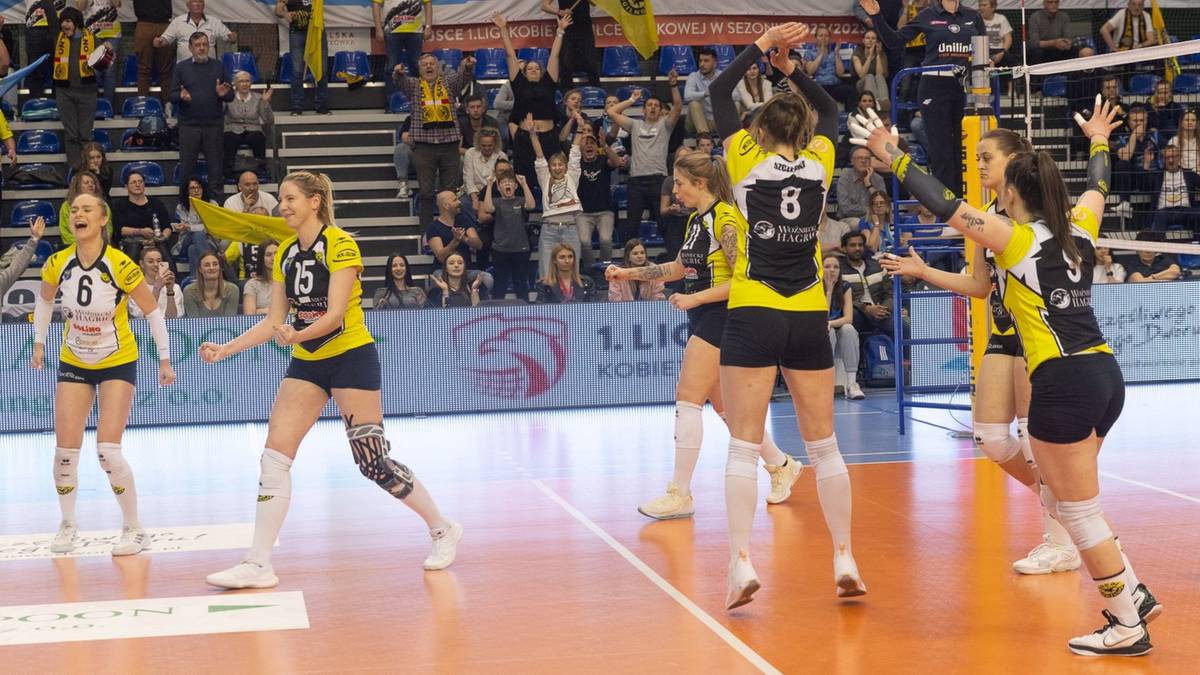Tennis, a sport known for its elegance and precision, extends its charm beyond just the player’s skill; the surface beneath plays a crucial role in the dynamics of the game. From the iconic clay courts of Roland Garros to the lush green grass of Wimbledon, each surface brings its own set of challenges and advantages. In this article, we’ll dive into the fascinating world of tennis court surfaces, exploring the characteristics, pros, and cons of each, helping you make an informed choice for your game.
Introduction
Tennis court surfaces are as diverse as the players who grace them. The choice of surface can significantly impact the pace of the game, the strategy employed, and even the risk of injuries. Whether you’re a professional player or an enthusiastic amateur, understanding the nuances of different court surfaces is essential to elevating your tennis experience.
Types of Tennis Court Surfaces
Clay Courts
Clay courts, with their distinctive reddish hue, are known for providing a unique playing experience. Composed of crushed brick, shale, or stone, these courts slow down the ball and offer players a chance to slide into shots, adding an element of strategy to the game.
Characteristics of Clay Courts
The granular nature of clay surfaces contributes to a higher ball bounce and demands players to adapt their movement. The softness of the surface provides excellent traction but requires frequent maintenance to address issues like unevenness and the formation of “bad bounces.”
Grass Courts: The Wimbledon Experience
Wimbledon, the most prestigious tennis tournament, is synonymous with grass courts. These surfaces, mowed to a precise height, offer a fast-paced and unpredictable playing environment.
Advantages and Challenges of Grass Courts
The low and often uneven bounce on grass courts adds an element of unpredictability, favoring players with strong serves and volleys. However, the delicate nature of grass requires meticulous care, making these courts high-maintenance.
Hard Courts: Versatility and Popularity
Hard courts, made of asphalt or concrete covered with an acrylic surface, strike a balance between speed and consistency. They are the most common type of tennis court globally.
Benefits and Considerations for Hard Courts
The uniformity of hard court surfaces ensures a predictable ball bounce, and their durability makes them suitable for various weather conditions. However, the harder impact on players’ joints can contribute to injuries over time.
Carpet Courts: A Rarity
Carpet courts, though less common in professional tennis, offer a unique indoor playing experience. These surfaces can be made of various materials, including rubber, foam, or synthetic fibers.
Pros and Cons of Carpet Courts
Indoor carpet courts provide a controlled environment, allowing for consistent playing conditions. However, the wear and tear on carpet surfaces can be a concern, impacting the longevity of the court.
Choosing the Right Surface for You
Selecting the ideal tennis court surface involves considering various factors, including playing style, personal preferences, and maintenance commitments. Each surface comes with its set of challenges and benefits, catering to different skill sets and game strategies.
Maintaining Tennis Court Surfaces
Regardless of the chosen surface, proper maintenance is crucial to ensuring optimal playing conditions. From routine cleaning to addressing specific issues like cracks or unevenness, proactive care can extend the life of the court and enhance the overall tennis experience.
Recent Innovations in Tennis Court Technology
As technology continues to infiltrate every aspect of our lives, tennis courts are not exempt. Smart courts equipped with sensors and interactive features are becoming more prevalent, offering players real-time data and enhancing the overall playing experience.
Future Trends in Tennis Court Surfaces
The world of tennis court surfaces is not static. As technology advances and sustainability becomes a priority, we can expect future surfaces to incorporate innovative materials and design principles. The synergy between tradition and progress will shape the next generation of tennis courts.
Conclusion
In the vast and varied landscape of tennis court surfaces, each option brings its own flavor to the game. Whether you relish the strategy of sliding on clay, the quick reflexes demanded by grass, the consistency of hard courts, or the controlled environment of carpet courts, the choice is yours. Embrace the diversity, explore different surfaces, and let the court beneath your feet become an integral part of your tennis journey.

“Prone to fits of apathy. Introvert. Award-winning internet evangelist. Extreme beer expert.”







